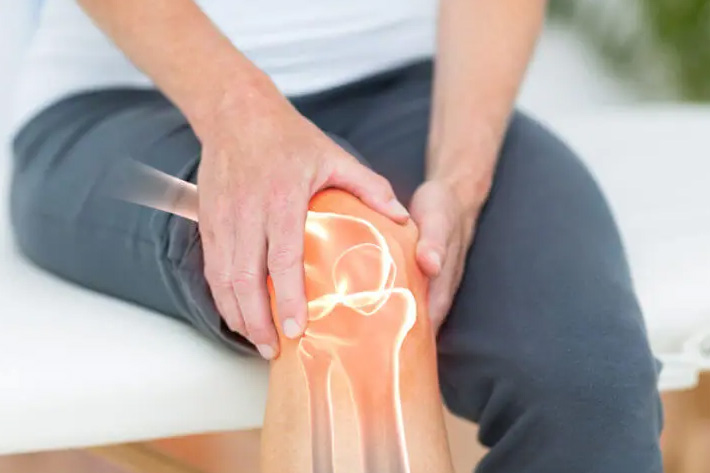Knee arthritis, also known as osteoarthritis of the knee, is a degenerative joint condition that occurs when the cartilage in the knee joint wears down over time. This can lead to pain, stiffness, swelling, and reduced mobility. While there is no cure for
knee arthritis, there are several treatment options available to manage the symptoms and improve the quality of life. Here are some common approaches:
- Medications: Over-the-counter pain relievers such as acetaminophen (Tylenol) or nonsteroidalanti-inflammatory drugs (NSAIDs) like ibuprofen (Advil, Motrin) can help alleviate pain and reduceinflammation. In some cases, stronger prescription medications may be recommended.
- Physical therapy: A physical therapist can develop an exercise program to strengthen the musclesaround the knee, improve flexibility, and enhance overall joint function. They may also usetechniques such as manual therapy or ultrasound to relieve pain and improve mobility.
- Assistive devices: The use of assistive devices like knee braces or orthotics can provide support tothe knee joint, redistribute weight, and reduce pain during activities. Canes or crutches may berecommended for walking support if necessary.
- Injections: Corticosteroid injections can be administered directly into the knee joint to reduceinflammation and relieve pain. Hyaluronic acid injections (viscosupplementation) can help lubricatethe joint and provide temporary relief.
- Weight management: Maintaining a healthy weight or losing excess weight can significantly reducethe stress on the knee joint, thereby relieving symptoms and slowing down the progression ofarthritis.
- Minimally invasive procedures: In some cases, procedures like arthroscopy or joint lavage may beperformed to remove damaged tissue or debris from the joint. These are typically considered whenother conservative treatments have not provided adequate relief.
- Surgical intervention: When conservative measures are no longer effective, and the pain anddisability are severe, surgical options may be considered. These can range from arthroscopicprocedures to repair or remove damaged tissue to partial or total knee replacement surgeries.
It’s important to consult with a healthcare professional, such as a rheumatologist or an
orthopedic surgeon, to determine the best treatment approach based on the severity of your knee arthritis and your specific needs. They can provide a personalized treatment plan to help manage your symptoms
and improve your knee function.





